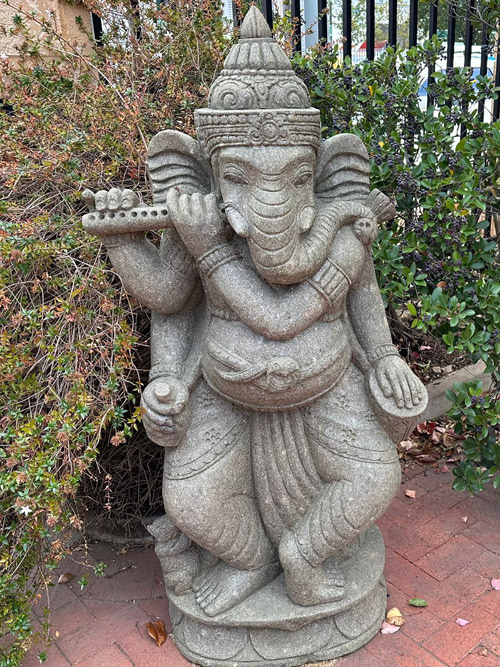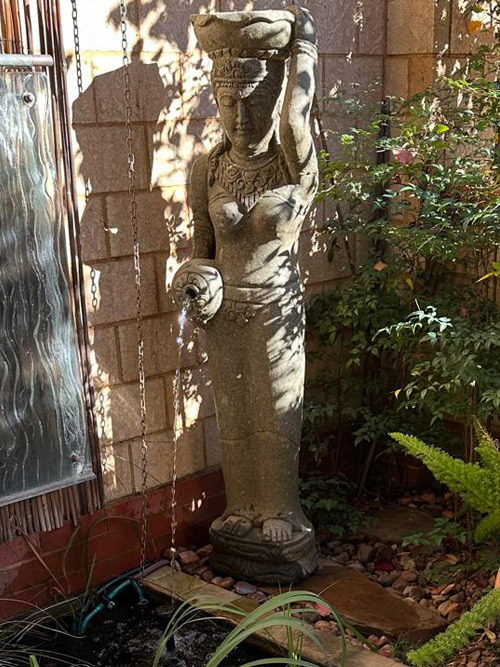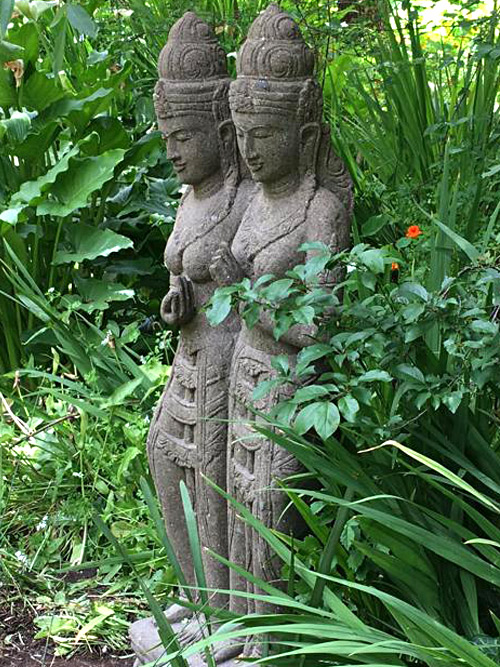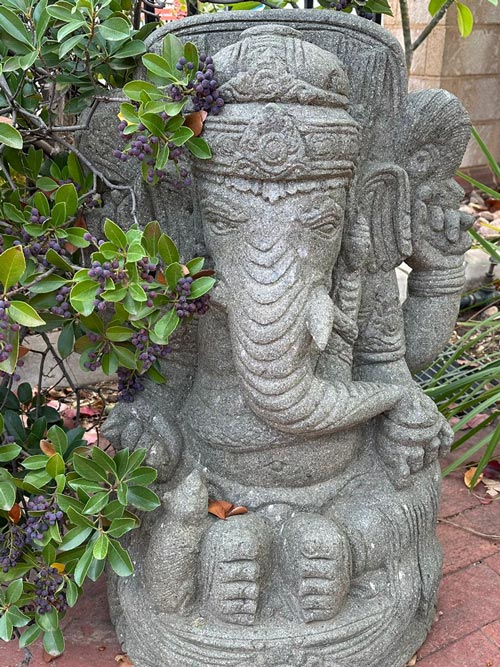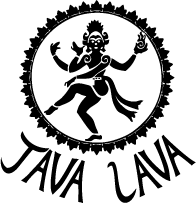
Hindu Statues
Hinduism features a bountiful pantheon of gods and goddesses. Brahma, Vishnu, and Shiva form the main Trimurti or (Trinity) as well as numerous other deities and avatars, each with specific roles and attributes. The Trimurti forms the best know deities of contemporary Hinduism, consisting of Brahma – the Creator, Vishnu – the Preserver, and Shiva – the Destroyer. Their feminine partners are Saraswati – the wife of Brahma, Lakshmi – the wife of Vishnu, and Parvati – the wife of Shiva.
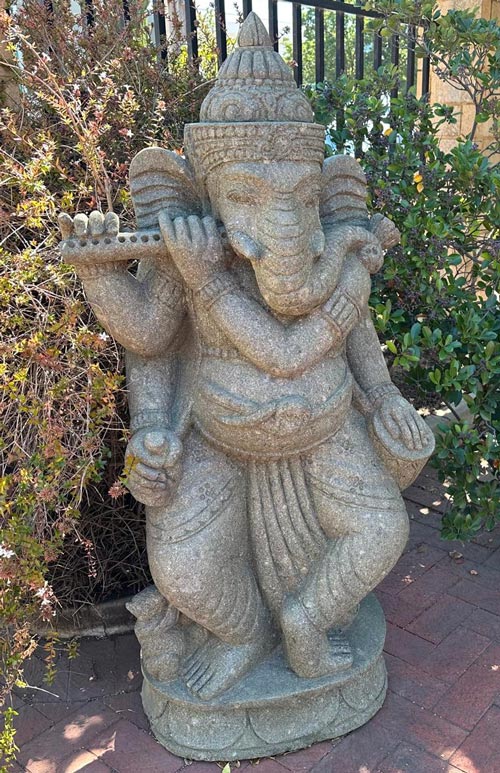
The deities of Hinduism have evolved from the Vedic era, 2nd millennium BCE through to the medieval era 1st millennium CE. The Deities in Hinduism are sometimes referred to as Deva, a Sanskrit word which is masculine in nature, meaning God and Devi, being Sanskrit for Goddess which is feminine in nature.
Hindu Statues
Hinduism features a bountiful pantheon of gods and goddesses. Brahma, Vishnu, and Shiva form the main Trimurti or (Trinity) as well as numerous other deities and avatars, each with specific roles and attributes.
The Trimurti forms the best know deities of contemporary Hinduism, consisting of Brahma – the Creator, Vishnu – the Preserver, and Shiva – the Destroyer. Their feminine partners are Saraswati – the wife of Brahma, Lakshmi – the wife of Vishnu, and Parvati – the wife of Shiva.
The deities of Hinduism have evolved from the Vedic era, 2nd millennium BCE through to the medieval era 1st millennium CE. The Deities in Hinduism are sometimes referred to as Deva, a Sanskrit word which is masculine in nature, meaning God and Devi, being Sanskrit for Goddess which is feminine in nature.

